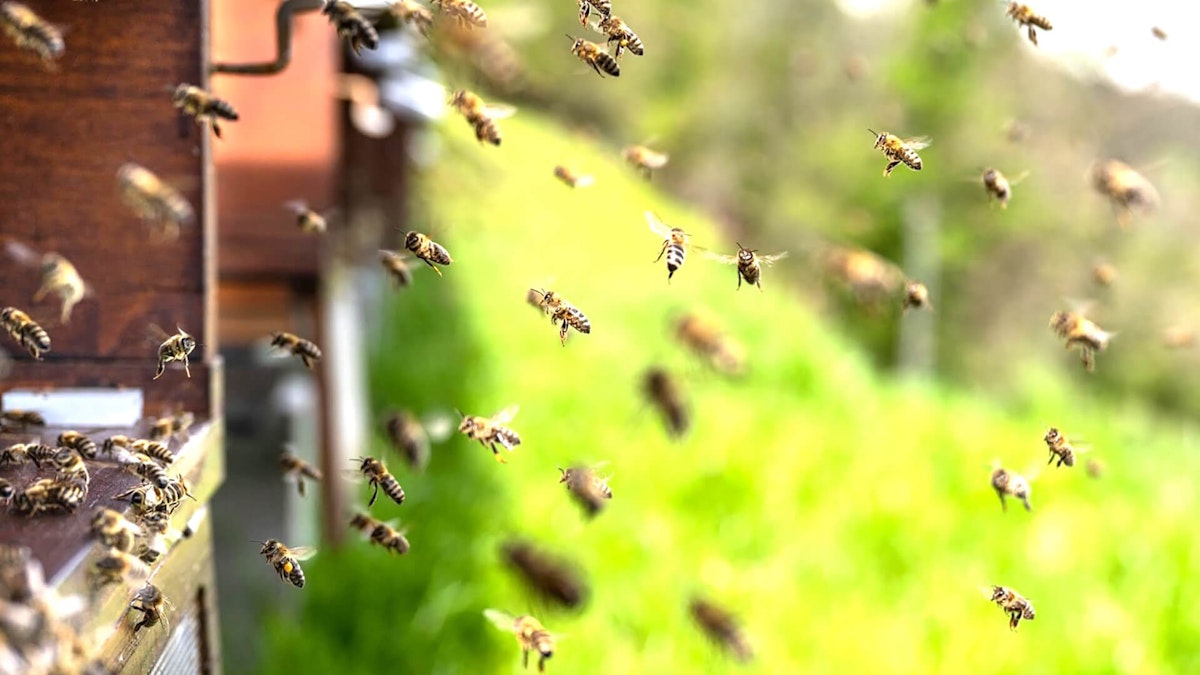Table of contents
Browse categories
Browse authors
 AB
ABAlberto Boffi
 AL
ALAlessia Longo
 AH
AHAl Hoge
 AB
ABAljaž Blažun
 BJ
BJBernard Jerman
 BČ
BČBojan Čontala
 CF
CFCarsten Frederiksen
 CS
CSCarsten Stjernfelt
 DC
DCDaniel Colmenares
 DF
DFDino Florjančič
 EB
EBEmanuele Burgognoni
 EK
EKEva Kalšek
 FB
FBFranck Beranger
 GR
GRGabriele Ribichini
Glacier Chen
 GS
GSGrant Maloy Smith
 HB
HBHelmut Behmüller
 IB
IBIza Burnik
 JO
JOJaka Ogorevc
 JR
JRJake Rosenthal
 JS
JSJernej Sirk
 JM
JMJohn Miller
 KM
KMKarla Yera Morales
 KD
KDKayla Day
 KS
KSKonrad Schweiger
Leslie Wang
 LS
LSLoïc Siret
 LJ
LJLuka Jerman
 MB
MBMarco Behmer
 MR
MRMarco Ribichini
 ML
MLMatic Lebar
 MS
MSMatjaž Strniša
 ME
MEMatthew Engquist
 ME
MEMichael Elmerick
 NP
NPNicolas Phan
 OM
OMOwen Maginity
 PF
PFPatrick Fu
 PR
PRPrimož Rome
 RM
RMRok Mesar
 RS
RSRupert Schwarz
 SA
SASamuele Ardizio
 SK
SKSimon Kodrič
 SG
SGSøren Linnet Gjelstrup
 TH
THThorsten Hartleb
 TV
TVTirin Varghese
 UK
UKUrban Kuhar
Valentino Pagliara
 VS
VSVid Selič
 WK
WKWill Kooiker
Remote Temperature Monitoring of Production in Honey Bee Hives

November 21, 2024
A backyard beekeeper in northern Ohio, USA reached out to Dewesoft for some help to monitor the temperature and humidity of his bee barn and its twelve individual hives. Dewesoft’s application engineers jumped into action to find a solution.

The monitoring challenge
Monitoring is a necessity in all aspects of automated manufacturing. Knowing what is happening with any process is required so that operators can make informed decisions in real-time. There are almost infinite numbers and types of processes. From a CNC machine cutting metal parts, a curing oven on a paint line, or honey production in an apiary.
Wait, a bee hive? Yes, these buzzing busy bees produce a tasty and nutritious product consumed by millions daily: honey. In addition, the beeswax from their combs is used to make all kinds of products, including candles, soaps, and cleaners. But perhaps most importantly, honey bees pollinate most flowering plants, as well as many of the fruits, nuts, and vegetables that we eat every day.
They are also responsible for pollinating the crops used to feed cattle, which leads directly to the production of milk and beef. The responsibility for billions of dollars worth of food production and feeding the world lies on their tiny shoulders.
A small number of commercial beekeepers manage hundreds or even thousands of bee colonies. These are the organizations that provide large-scale pollination services for huge tracts of land, and the mass production of honey. In the same way that farmers employ crop rotation, beekeepers can move today’s hives so that certain colonies focus on pollination while others focus on honey production. Honey bees are considered domesticated due to their acceptance of human management.
From the Latin word “apis,” meaning bee, one or more human-managed hives is called an apiary. Apis is also the honey bee’s genus name.
While the big commercial operators get the glory, in America, most beekeeping is done by individual hobbyists who operate from one to 25 bee colonies. There are an estimated 100,000 backyard beekeepers in the United States, and the number is growing. Worldwide there are millions of private hives.
Regardless of the size of the apiary, maintaining productive bees requires constant monitoring of their environment. Honey bees were imported from Europe in the 1700s, so they are neither native to North America nor the ice-cold winters of America’s Midwest.
Recently, a backyard beekeeper in northern Ohio reached out to Dewesoft for some help monitoring the temperature range and humidity of his bee barn and its 12 individual hives. Dewesoft’s application engineers jumped into action to help.
Honeybees are sensitive creatures that require specific conditions to produce honey. They live and work best at temperatures between 28° to 32° C (82° to 90° F) and at 50% to 60% relative humidity. Monitoring the conditions inside their hives is therefore crucial to getting the best possible honey harvest when Summer comes, and keeping them healthy. Cold hives may indicate a lack of activity, while a hot hive may be a sign of poor ventilation or a more serious problem such as a wasp invasion.
Commercial bee farms often use artificial hives, which makes environmental monitoring even more important. It’s up to the keeper to maintain an ideal environment for their tiny workers and to respond to changes immediately. Information is key, which is why keepers monitor and record this information over long periods. They can spot trends and constantly adjust hive conditions for optimal bee health and honey production.
After studying the situation, Dewesoft integrated a system that included a KRYPTON 16-input temperature module, two ambient temperature and humidity weather stations, an industrial computer, and two interconnected software applications. With this hardware and software, they easily created a wireless temperature monitoring system with real-time alerts.
The Data Acquisition Hardware
KRYPTON 16xTH is an ultra-rugged data acquisition module with 16 temperature input channels. Each of the 12 hives has a 15 cm (6 in.) type T thermocouple temperature sensor installed. All 12 sensors are wired to the KRYPTON module using type T thermocouple wire.
KRYPTON was chosen because it has a very wide temperature operating range, from as low as -40° C/F and as high as 85° C (185° F). Being rated IP67 means that it is also against the incursion of liquid, smoke, and dust.
The KRYPTON module connects to the DAQ (data acquisition) computer via a single EtherCAT cable that transfers power, timing, and data. This computer runs DewesoftX DAQ software.
Two DataNab brand Modbus TCP weather stations provide ambient temperature and relative humidity data. In addition to serving as real-time monitors, they send out their data via TCP to the DAQ computer. As shown above, one of them was located inside the bee barn, while the other one was outside in the weather.
With this setup, temperature data for each hive as well as ambient temperature and humidity information at two locations inside the apiary are constantly monitored. But does the beekeeper have to slog through the Winter snow to check these numbers? Let’s find out.
The software
As mentioned, DewesoftX DAQ software runs on a DAQ computer inside the barn, directly reading the outputs from the KRYPTON module and weather stations. DewesoftX is a multi-function data acquisition application that provides highly graphical displays and flexible storage of both high-speed and low-speed data to disk.
Because the goal was to be able to remotely monitor the Apiary, Dewesoft set up their Historian software. Historian is used for remote, distributed monitoring of any process, anywhere in the world. It is a database software service designed for long-term and permanent monitoring applications, and it writes data to an InfluxDB open-source time-series database for long-term and permanent monitoring applications.
DewesoftX streams the data in real-time to Historian via MQTT, a machine-to-machine network protocol. MQTT is ideally suited for establishing reliable remote connections even when network bandwidth is limited.
Parameters like vibration, temperature, inclination, strain, pressure, and more can be stored in either a self-hosted or fully cloud-managed service. Measurement units, databases, and view clients communicate within the Dewesoft Historian system over the MQTT protocol. Each component can run on a computer web browser, smartphone, or tablet anywhere with internet access.
The computer, smartphone, or tablet used to remotely monitor the data does not require any special software. Everything is accessed via a web browser. You can see a live application of Historian running on this Historian server.
In addition to traditional Dewesoft DAQ hardware that outputs to DewesoftX software for processing, IoT (Internet of Things) devices like NEMOSENSE can transmit directly to the server in addition to storing long-term data onboard.
NEMOSENSE combines a vibration data acquisition device, a data logger, and a low-noise triaxial MEMS accelerometer. It is designed for permanent installations, performing condition monitoring of bridges, buildings, antennas, and yes, even bee hives. Data can even be captured at reduced rates to allow for months or even years of data to be captured.
So if vibration is a concern, NEMOSENSE can be added to the test setup.
The Historian package also includes Grafana, a multi-platform open-source visualization web-based application. Grafana provides charts, graphs, and alerts which can be accessed from anywhere via smartphones, tablets, and computers. Grafana can even be configured to send notifications via email if an alarm condition is met, notifying the beekeepers at the first sign of trouble.
Implementing Historian is as easy as downloading the software package to either a Windows or LINUX computer or to a cloud service like Amazon Web Services (AWS) or Microsoft Azure. Following the instructions available on the Dewesoft website, a basic Historian can be set up in less than one hour.
Conclusion
The combination of Dewesoft’s modular DAQ systems and Historian is a powerful solution for long-term condition monitoring across countless applications and industries.
Designed specifically to work together, the combination of hardware and software is easy to set up and operate. Whether you’re running a steel mill, monitoring a hydroelectric power plant, or making sure that your honey bees survive an Ohio Winter, Dewesoft DAQs offer a powerful but easy-to-use solution.